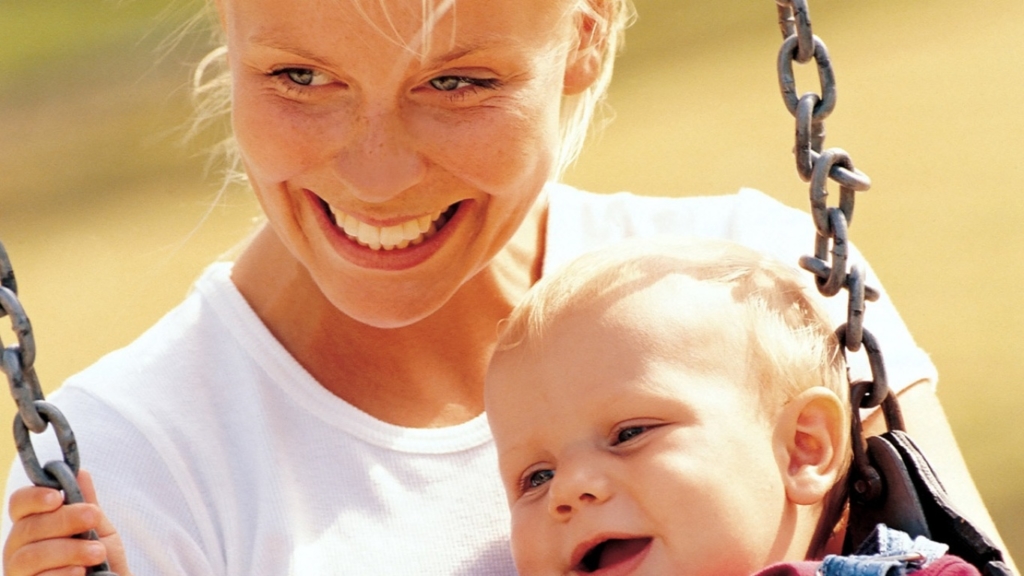Double bonus – AFOs improve dual-task gait in two ways
Ankle foot orthoses intervene at the level of the body and at the level of activity. But they might also have effects at the level of participation. – Nikta Pirouz CPO

By Jordana Bieze Foster, Lower Extremity Review March 2015
Wearing ankle foot orthoses, AFOs, is associated with both physical and cognitive performance during dual-task gait in children with myelomeningocele, according to research presented in February at the annual meeting of the American Academy of Orthotists and Prosthetists, AAOP, in New Orleans.
The findings suggest that the benefits of AFOs in this patient population extend beyond gait itself, and may have positive effects on the more complicated aspects of daily life—such as playing with others—in children with myelomeningocele.
“If we fail to consider the demands on these patients outside the clinic, we may not be fully addressing the patients’ needs,” said Nikta Pirouz, CPO, an orthotist at the Ann & Robert Lurie Children’s Hospital of Chicago, who presented the study findings at the AAOP meeting as part of the Thranhardt Lecture Series. “Ankle foot orthoses intervene at the level of the body and at the level of activity. But they might also have effects at the level of participation.”
Pirouz and colleagues analyzed 16 children aged between 7 and 13 years with varying levels of myelomeningocele (low lumbar, lumbosacral, and sacral), all of whom were regular users of solid AFOs. The children were assessed at two visits, two weeks apart. Each visit included three trials: one involving a counting task only, one involving walking at a self-selected speed only, and one involving both counting and walking. On the first visit, the children were tested while wearing shoes only; on the second visit, they were tested while wearing shoes and AFOs. Because there was a range of cognitive development levels within the study population, the difficulty of the counting task was matched to the developmental level of each child.
Gait variables measured included velocity, cadence, and stride length. Counting-related variables included rate of response, rate of correct response, and percent of correct responses.
As expected, during the walking-only task, AFO use was associated with significantly faster velocity and a longer stride than the shoes-only condition. Velocity was also faster with AFOs than without during the dual-task tests, primarily as a function of increased cadence. But, even with AFOs, velocity remained below the single-task level.
Counting performance during the dual-task condition was also better with AFOs than without. Rate of response and rate of correct response were both significantly better, and there was a trend toward significance for improvement in percent of correct responses. Interestingly, dual-task counting performance while wearing AFOs approached single-task levels, Pirouz said.
“Counting was the primary task, as its performance was preserved while velocity was not,” she said. “It’s possible that this pediatric population is more willing to sacrifice gait to maintain performance of an additional task.”
This finding appears to be consistent with a study from Uppsala University Hospital in Sweden, in which children with myelomeningocele performed an executive task and a visual-spatial task separately and in combination while sitting. In a group of matched controls, postural sway was affected when the visual-spatial task was added to the executive task, but in the children with myelomeningocele, postural sway was affected when the executive task was the one added. That study was published in the November 2009 issue of Gait & Posture.
Pirouz noted that counting is just one subset of cognitive performance, and that cognitively different tasks—particularly less rhythmic tasks that might be less influenced by walking cadence—might lead to different results. But she also hypothesized that targeted adjustment of AFOs to alter specific aspects of gait may lead to even more improvement in both the physical and cognitive aspects of dual-task performance.
“There may be key gait parameters that can be unlocked to improve these dual-task challenges,” Pirouz said. “It might be that we need to optimize knee alignment, or ankle alignment, or something like that.”
Source Lower Extremity Review
| References |
Ankle foot orthoses for children with myelomeningocele: Functional effects under a dual-task paradigm, Nikta Pirouz, Tasos Karakostas, Bryan Malas. Presented at the 40th Annual American Academy of Orthotists and Prosthetists, AAOP Meeting & Scientific Symposium, Chicago Illinois February 2014. Archives of Physical Medicine and Rehabilitation, Volume 97, Issue 10, e32. DOI: https://doi.org/10.1016/j.apmr.2016.08.094
Influence of dual tasks on sitting postural sway in children and adolescents with myelomeningocele, Höglund A, Norrlin S. Gait Posture. 2009 Nov;30(4):424-30. doi: 10.1016/j.gaitpost.2009.06.013. Epub 2009 Aug 19.
Also see
AFOs can provide day-to-day, functional benefits for children with myelomeningocele Healio
